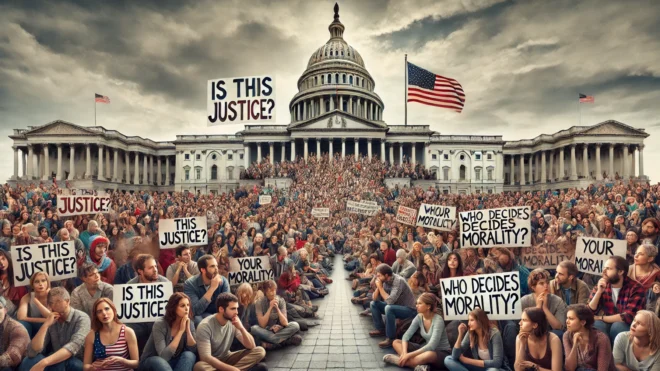Anna Sutherland, in, Family Studies, points out that teenagers are getting less risky in their behavior nowadays; they are drinking less alcohol, and actually having less sex, not just less unprotected sex. [In fact, the average young person today is more likely to have smoked marijuana than tobacco.] Is a lot of this to be credited to the style of “helicopter parenting” that has been common since 1980? We used to trust our children to roam the streets. [Or rather, our parents used to trust us to roam the streets. My father’s style was considered overprotective in his day; today it’s normal.] The new style was triggered by the high crime rates of the ’70s and ‘80s, and partly by a wave of child-molestation hysteria that swept the nation in the ‘80s that some have compared to the Salem witch hysteria of 1692. Jeffrey S. Dill explains it is in “The Irony of the Overprotected Child.” [I would point out that for all the lectures about “be careful of strangers”, most children who are molested are molested by people they know; I will betray my advanced age here by mentioning the “wicked Uncle Ernie” in the musical Tommy, an important musical to those of a certain age.]
And, interestingly enough, according to Frank Bass at Bloomberg, the number of latchkey kids seems to have declined. It’s not that that many households have been more content to live [God forbid] on one income, but that many parents have found ways to configure their jobs to be home more, or to keep their kids in activities after school till they get home. Generation X, the proverbial latchkey generation, used to enjoy the opportunities for a romantic trois a cinq, or other naughty activities, when they were home before their parents, but today’s kids no longer have that. Parents believe that idle time is the devil’s playground; the Puritan Ethic may no longer be with us in regard to sex, but in other areas of life it seems to be more active than ever. I do fear that there are still lots of latchkey kids among the poor and the working class, because those parents have far fewer options in this matter.
And of course certain other changes may have made the kids less anxious to get out of the house. I and my contemporaries waited for our sixteenth birthday, when we could get a driver’s license, with almost eschatological expectation; I myself turned sixteen right after the era of the “car songs” that were on the radio in the early Sixties. But now we have cyberspace and the Internet, and the kids have a way of getting out of the house virtually rather than physically; they do not pant and salivate for their drivers’ licenses so much now; they often plan to live in walkable environments till they get their own kids; perhaps parents sometimes have to make the kids learn to drive, so parents are relieved of the chauffeuring burden!
But when they get to residential college, or can afford to live on their own, it may be a different matter. The sort of risk taking behavior that has been associated with teenagers in the past may now be the pattern of college students and young workers and professionals. After all, after age 21 they can go to bars – and you don’t want them necessarily to be driving back from that!



